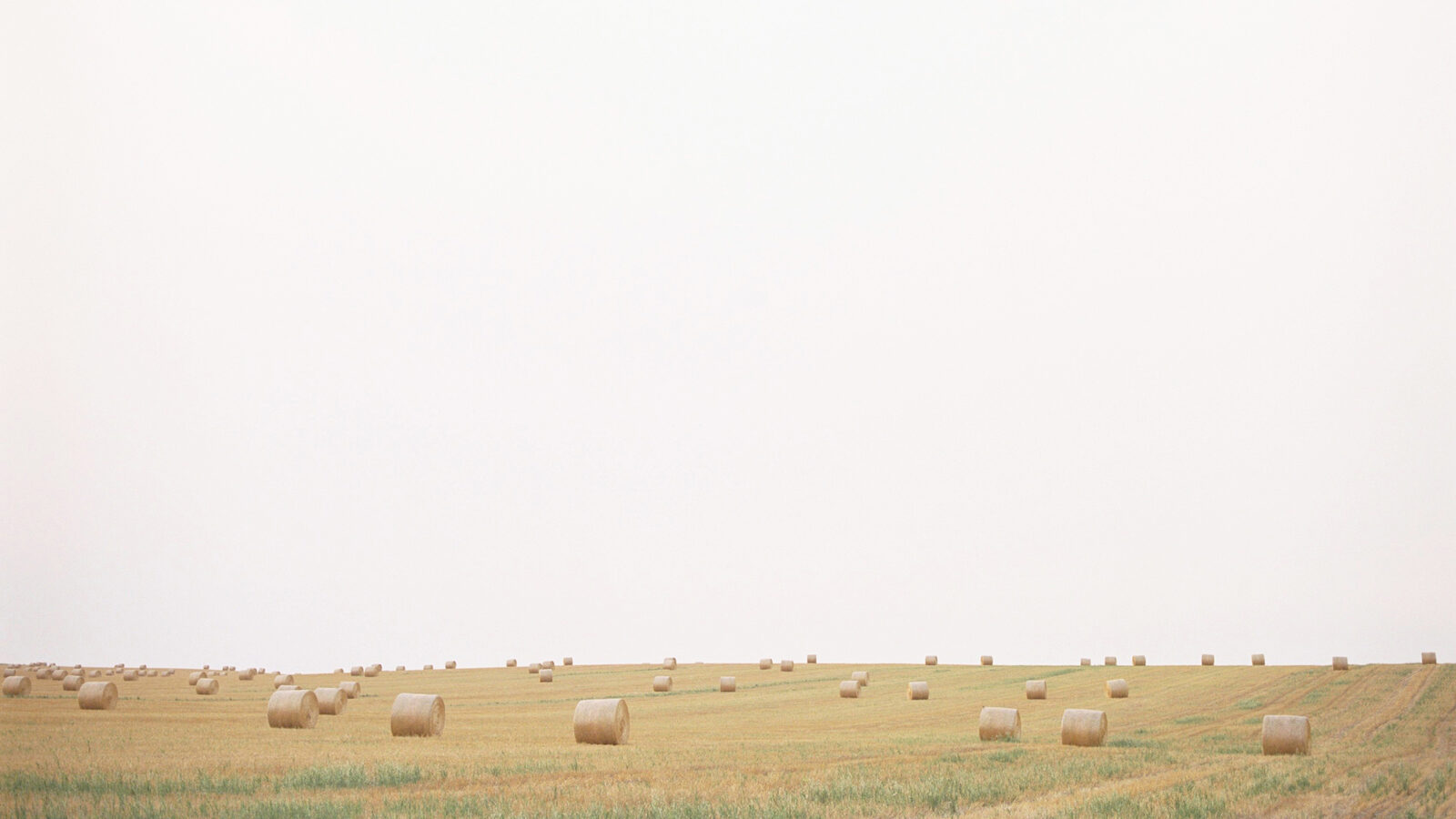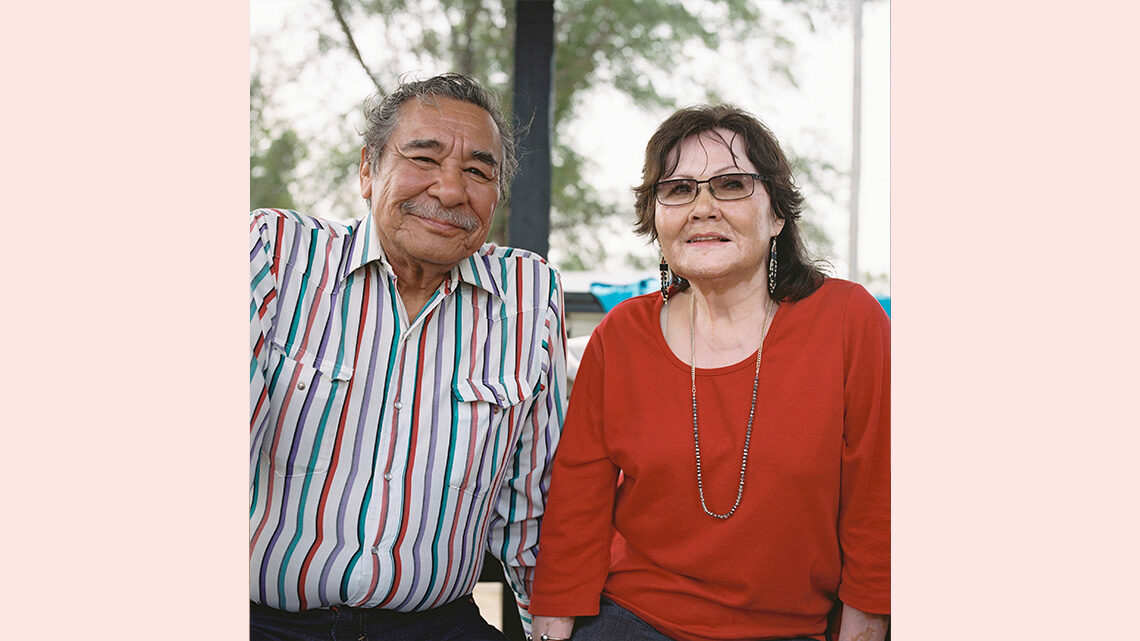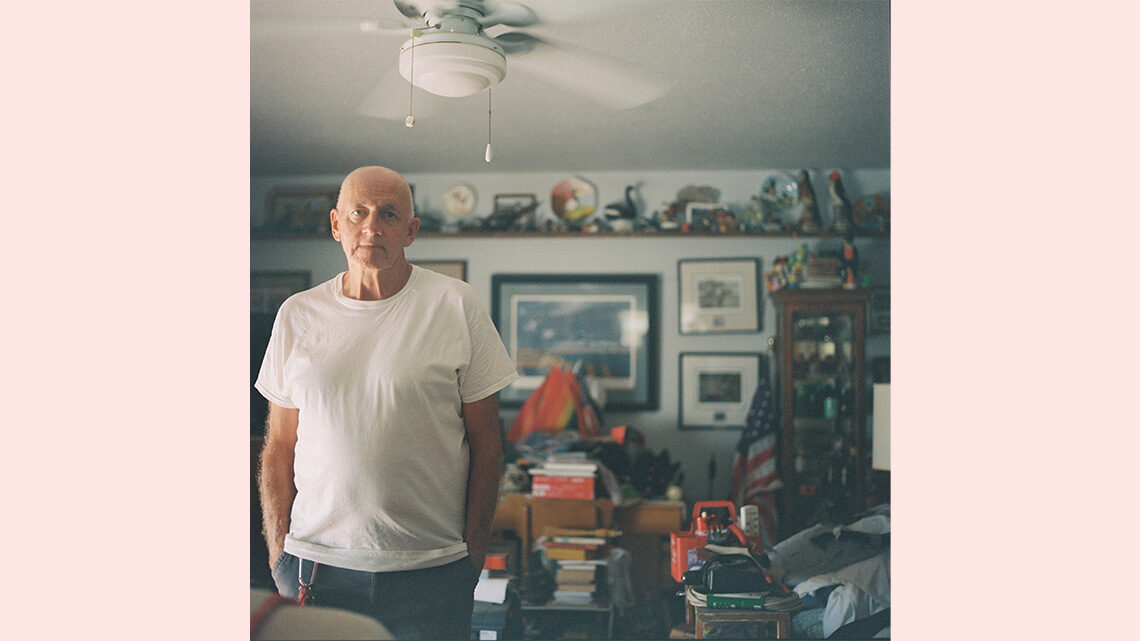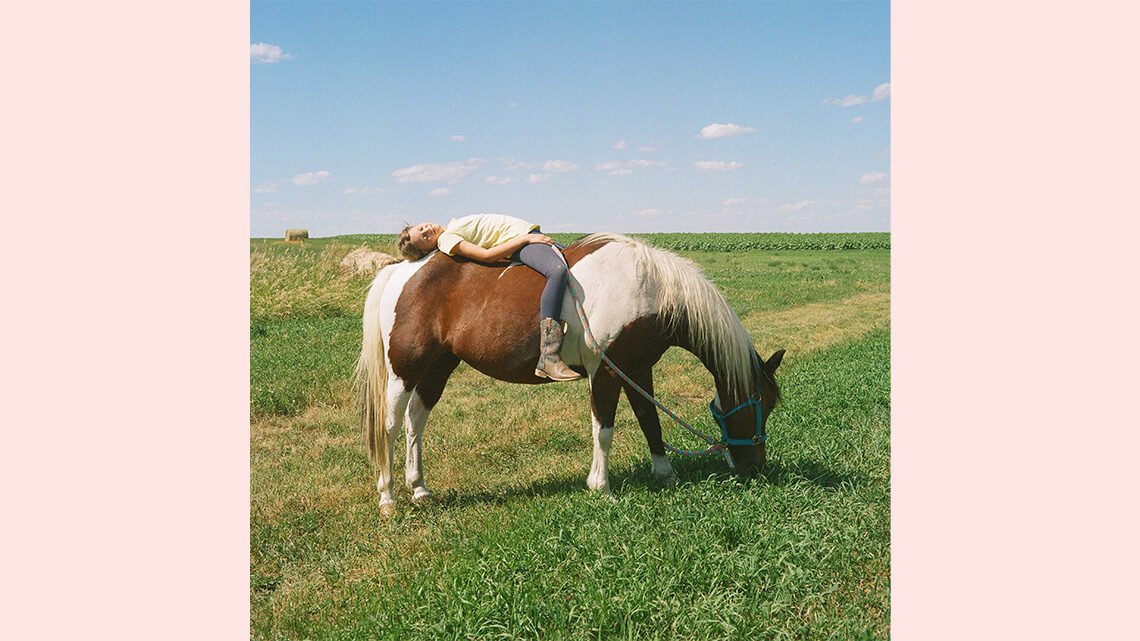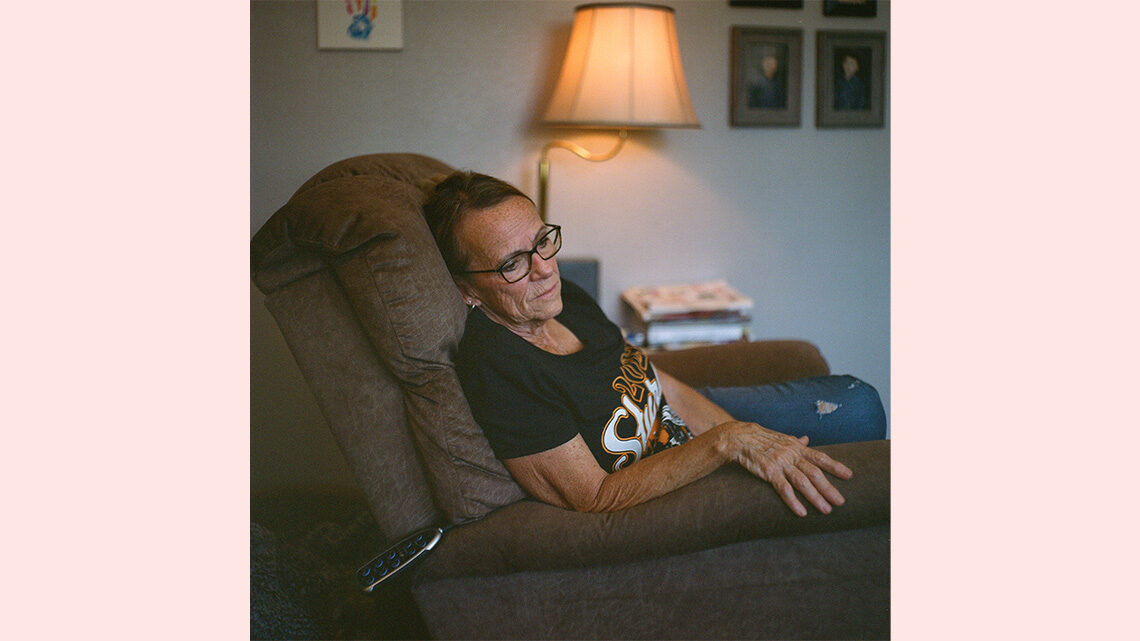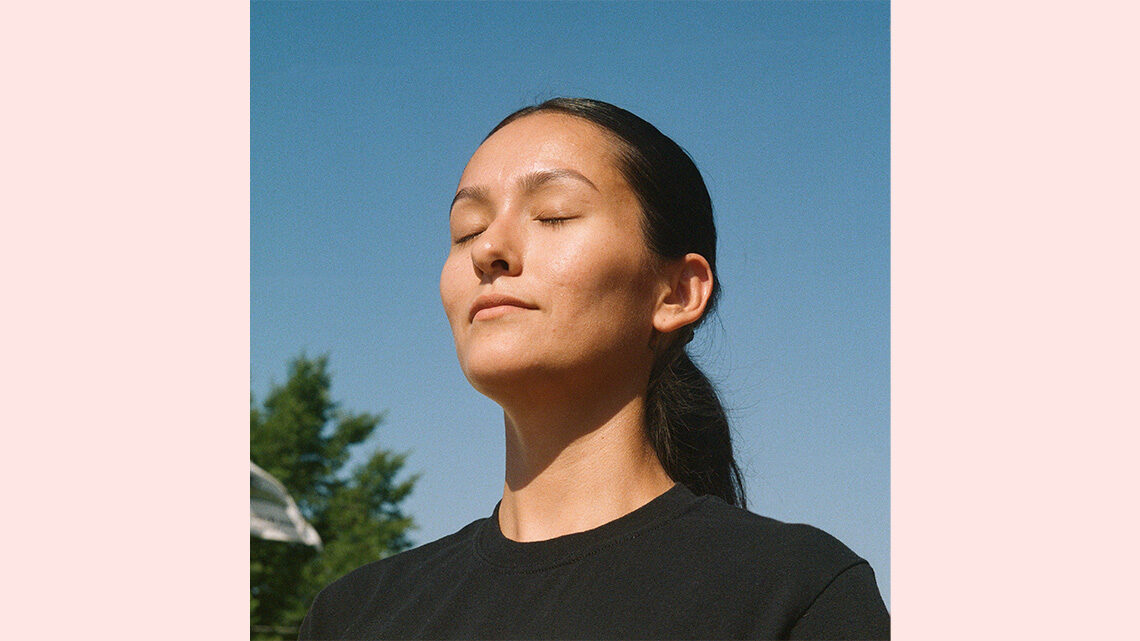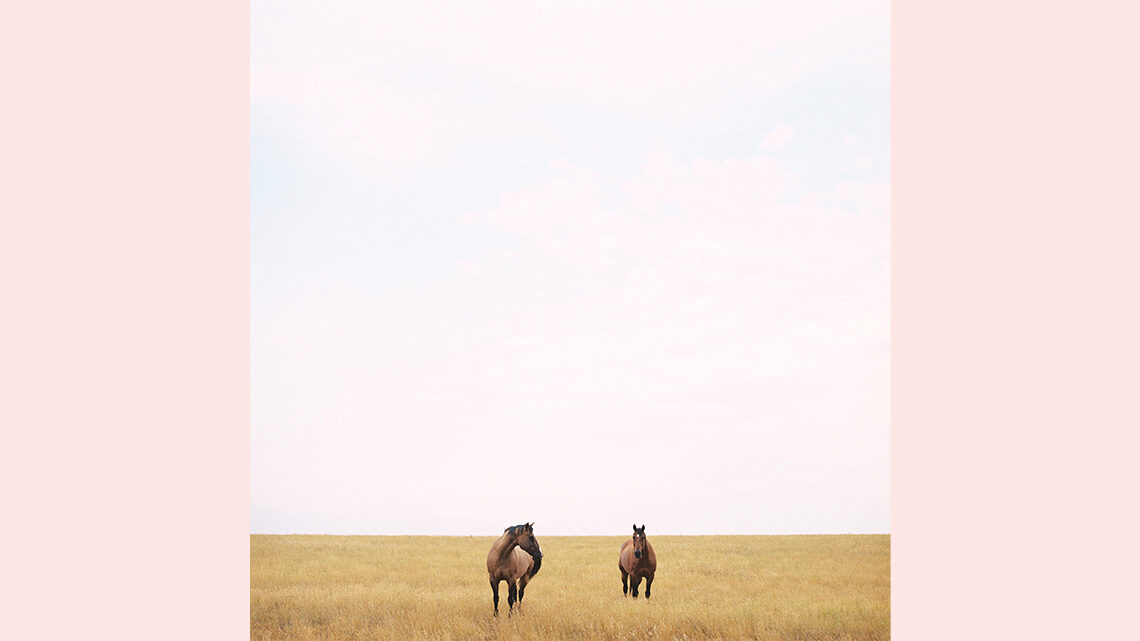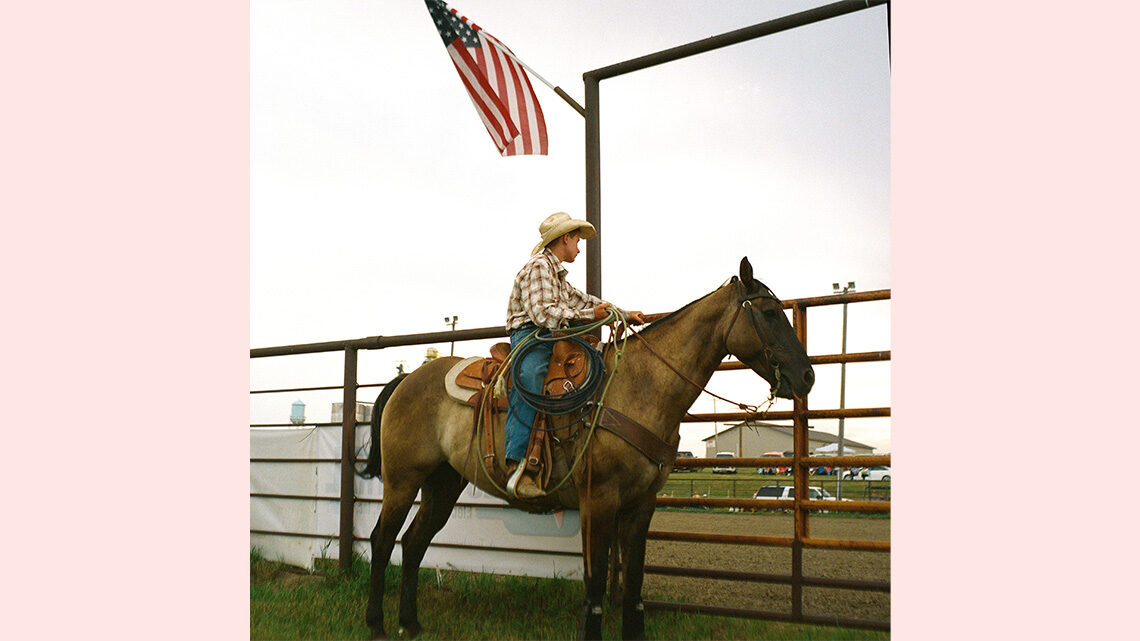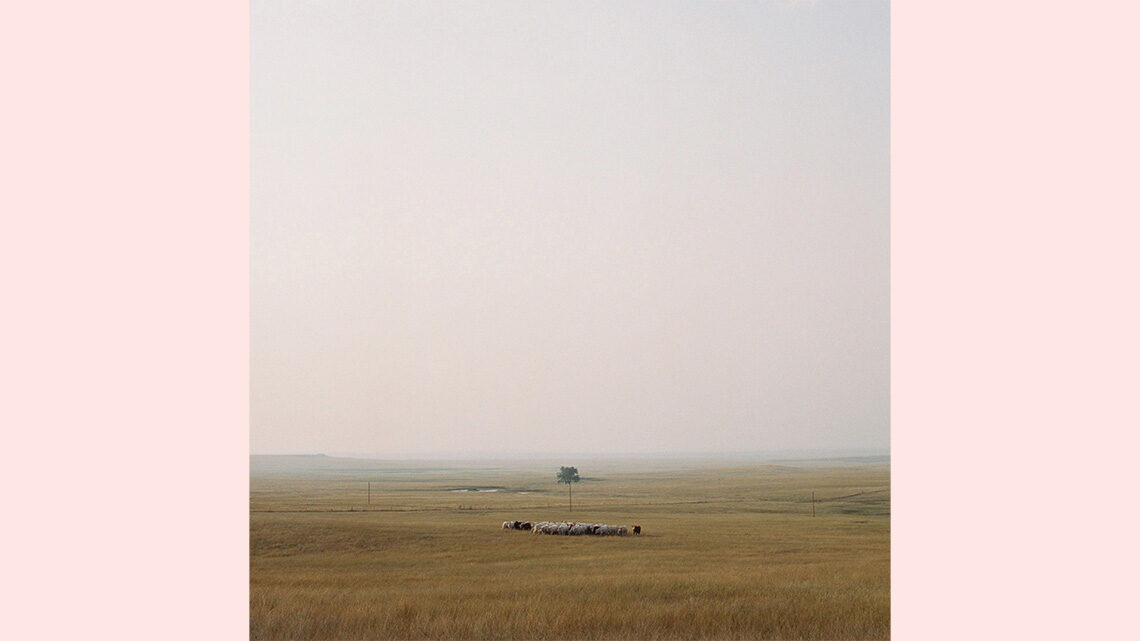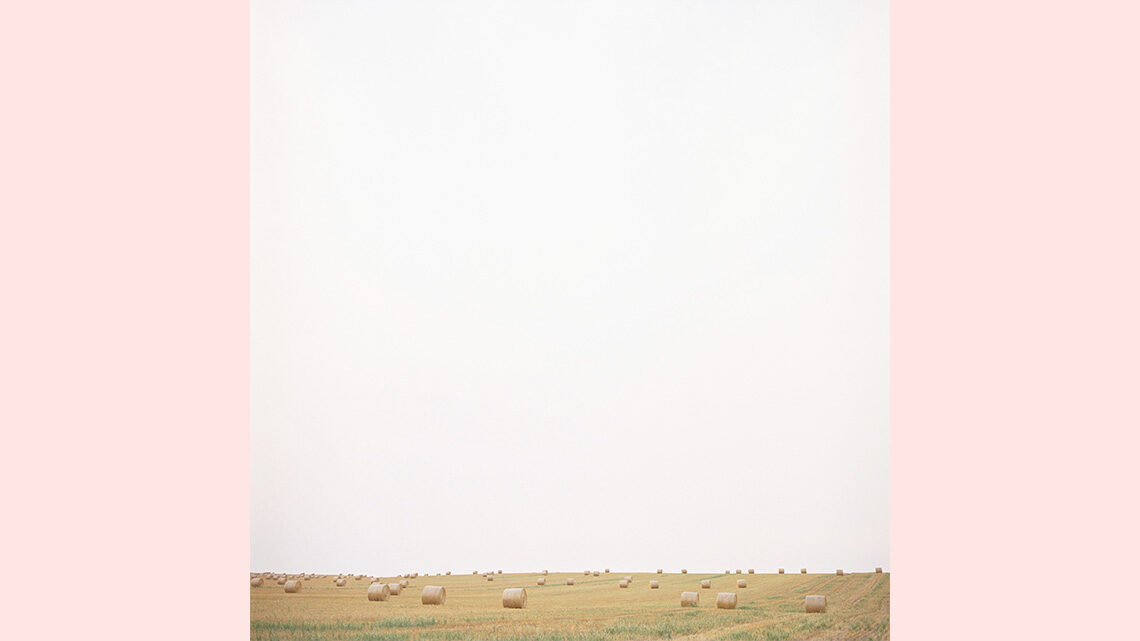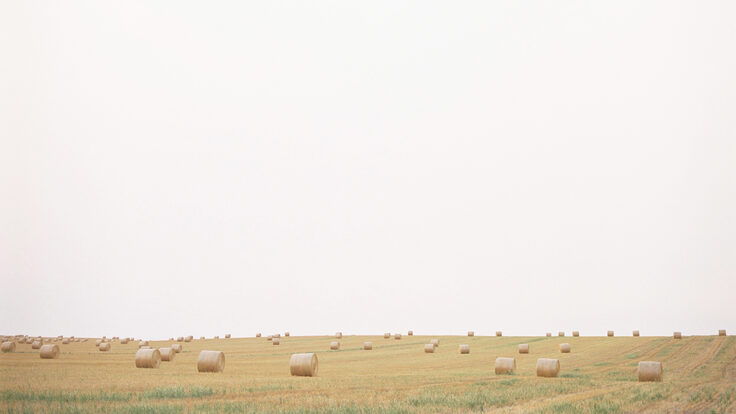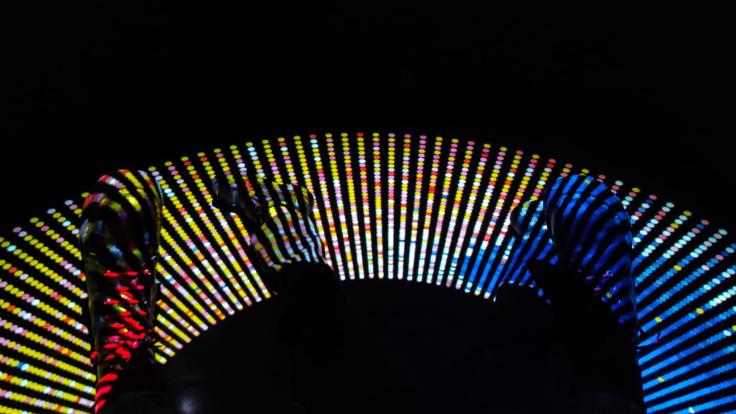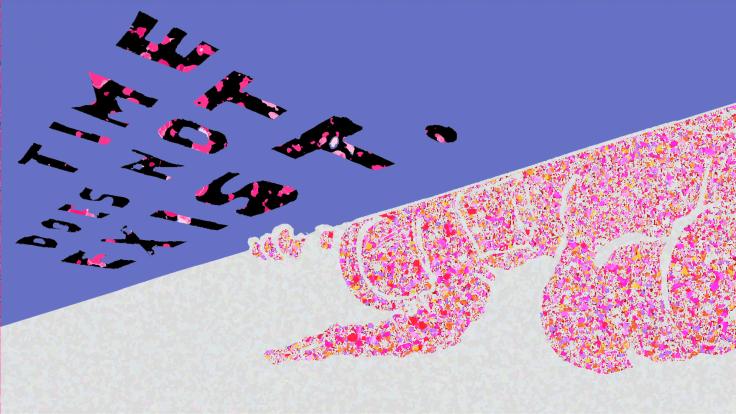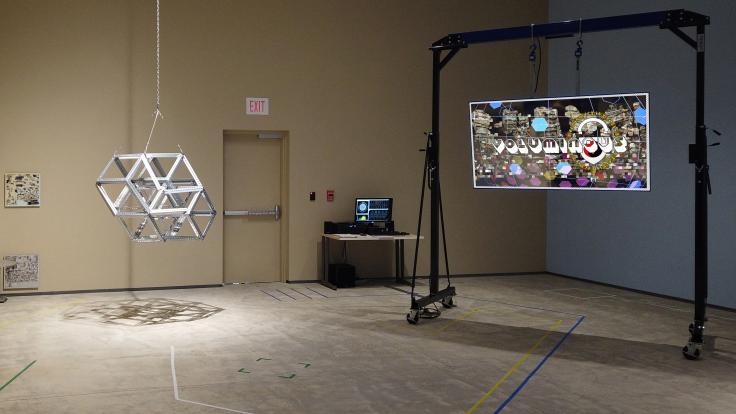During a visit to Fermi National Accelerator Laboratory six years ago, Vassilis Triantis learned about the Deep Underground Neutrino Experiment. DUNE, a groundbreaking international experiment, is hosted at Fermilab in Illinois and the Sanford Underground Research Facility in South Dakota, and a beam of neutrinos will travel underground from one location to the other. DUNE will study neutrinos and their role in the universe, the mysteries of antimatter, and the formation of galaxies.
A medical researcher from the Netherlands, Triantis was intrigued.
“I had no idea before this what neutrinos were,” Triantis says. “Our guide described them as almost invisible particles, but the most abundant in the universe. And then, immediately, the analogy came to my mind: There are people in the Midwest of America who live on the neutrino beamline. Most of them are in rural areas—and like the neutrino, they are almost invisible, but also quite abundant if you gather them together. They are the ‘social’ neutrinos.”
A biologist by training, Triantis does medical research in immunology. He also is a photographer, and for 12 years, he’s been documenting life through the lens of a medium-format camera. His work has appeared in museums around the world, including the National Museum of Iceland, the Cloud Gallery in Amsterdam, the Visiva Gallery in Italy, and the Galerie Sehnsucht in the Netherlands. His photography is influenced by his work in medical research, as well as his interest in the human psyche and the unseen interface between social and natural systems.
Originally, Triantis used digital cameras, but he switched to analog about nine years ago.
“I found quite soon that the smoothness of the textures and color palette you get on film is unsurpassable. Apart from that, using an analog camera forces me to be present and focused with every image I photograph,” Triantis says. “Fun fact is that when people see you shooting with such a camera, it’s a huge icebreaker. I had so many people coming up to me asking what kind of camera this is, and they even asked me to take photos of them on the spot.”
Triantis began his journey with the DUNE project by crisscrossing the state of South Dakota—from Sioux Falls to Lead and parts in between—at least a dozen times. He has taken thousands of photos of the people and places along the path of the future beamline.
“I photograph people where they live, their behavior, what they do and everything around their lives,” Triantis says. “In the sense of this neutrino project, photography is actually acting as a huge microscope, where you try to visualize the invisible, to characterize in order to understand.”
Triantis sees this project as a way to build bridges between people who don’t communicate with each other. In particular, he hopes his project will be a catalyst to start a dialogue between the people who live in rural communities and urban centers.
Before beginning this project, Triantis had never been to South Dakota. He didn’t know anyone and had no contacts. Still, in 2018, he flew into Sioux Falls, rented a car, and drove across the state, making stops at several places along the way, including Murdo, Fort Thompson, Chamberlain, Rapid City, and, of course, Lead—the last stop on the beamline—where the Sanford Underground Research Facility will house the huge detectors of the experiment.
He stopped at diners and bars, visited shops, and knocked on doors, asking if he could take photographs.
“People haven’t seen me before, but they can see that I am an outsider, a foreigner,” Triantis says. “And they even told me, ‘You look European.’ And I was like, ‘Where did you get that?’ I mean, the accent is there, absolutely. And they said, ‘Your clothes, and look at your glasses.’ And this immediately gets them interested.”
The conversation often begins with questions about Triantis.
“They want to know why I’m here and why South Dakota,” he says. “They get to know me a little bit, and they get interested in the project. And sometimes, I get the feeling they are honored that someone from so far away is interested in them and wants to photograph their lives. And so, they are then opening up a bit more.”
Triantis has returned to South Dakota several times over the years during the life of the project, with the exceptions of 2020 and 2021.
“When I return, they remember me, and they allow me to photograph them again. They are a bit more comfortable and then, they introduce me to their friends—now, the project has just exploded,” Triantis says.
One of his most memorable visits to South Dakota occurred in 2018, when he went to Fort Thompson on the Crow Creek Reservation to see a powwow.
“I had no idea what this was,” Triantis says. “So, I went there to photograph the festivities and, well, as a foreigner it was beautiful to see. They were celebrating their traditions and their history through their traditional dances. It was just about the people, the history—I found it amazing.”
As he walked around capturing images from different angles, he spotted a couple in the stands and asked if he could take their photos. They said yes, and from there, they struck up a friendship that has grown organically—through handwritten letters.
“And I don’t like the use of technology much in my photography, so when they said I had to use post to send them photos, I found it so beautiful,” Triantis says. “Now, it’s been five years. Every time I go to the powwow, they say, ‘Come here and sit with us. You are family now.’”
Triantis finds the same kind of warm-hearted embrace in many of the communities he visits.
“In Murdo, they give me chocolate-chip cookies and zucchini bread,” he says. “They give me cucumbers from their garden and meat sticks they have made. They treat me very much like family. That is extremely special.”
At the start of the project, Triantis thought he would simply observe the people he met. “I didn’t want to intrude into the community or the lives of the people I was photographing. I wanted to be like a neutrino myself and not interact, to be just an observer. But it was impossible. The way people embraced me … it was impossible to stay neutral and not to open up about myself. I find that beautiful for my photography.”
On the next leg of his journey, he wants to get acquainted with the people and places along the beamline in Iowa, which he estimates will take three to four years.
“I want to give them the same effort and time and love I have for South Dakota,” Triantis says.
In the end, Triantis hopes to create a body of work that will be exhibited in Europe and the United States. The exhibit will tell the stories of the people and places he’s met along the way and, he hopes, will create a better understanding of science, which he believes can happen by talking to people one-on-one.
“The experiences I’ve had in the Midwest are so strong and so emotional that I don’t think I’m photographing only the neutrinos,” Triantis says. “It’s my relationship with the people. It’s my personal and emotional evolution throughout the project. It’s how I get out of my comfort zone and approach people I don’t know. And how they see me. It’s all of these things. Now, when I come back to South Dakota, it feels like I am going home. So, I think I will be back."
Editor's note: A version of this article was originally published by Sanford Underground Research Facility.



